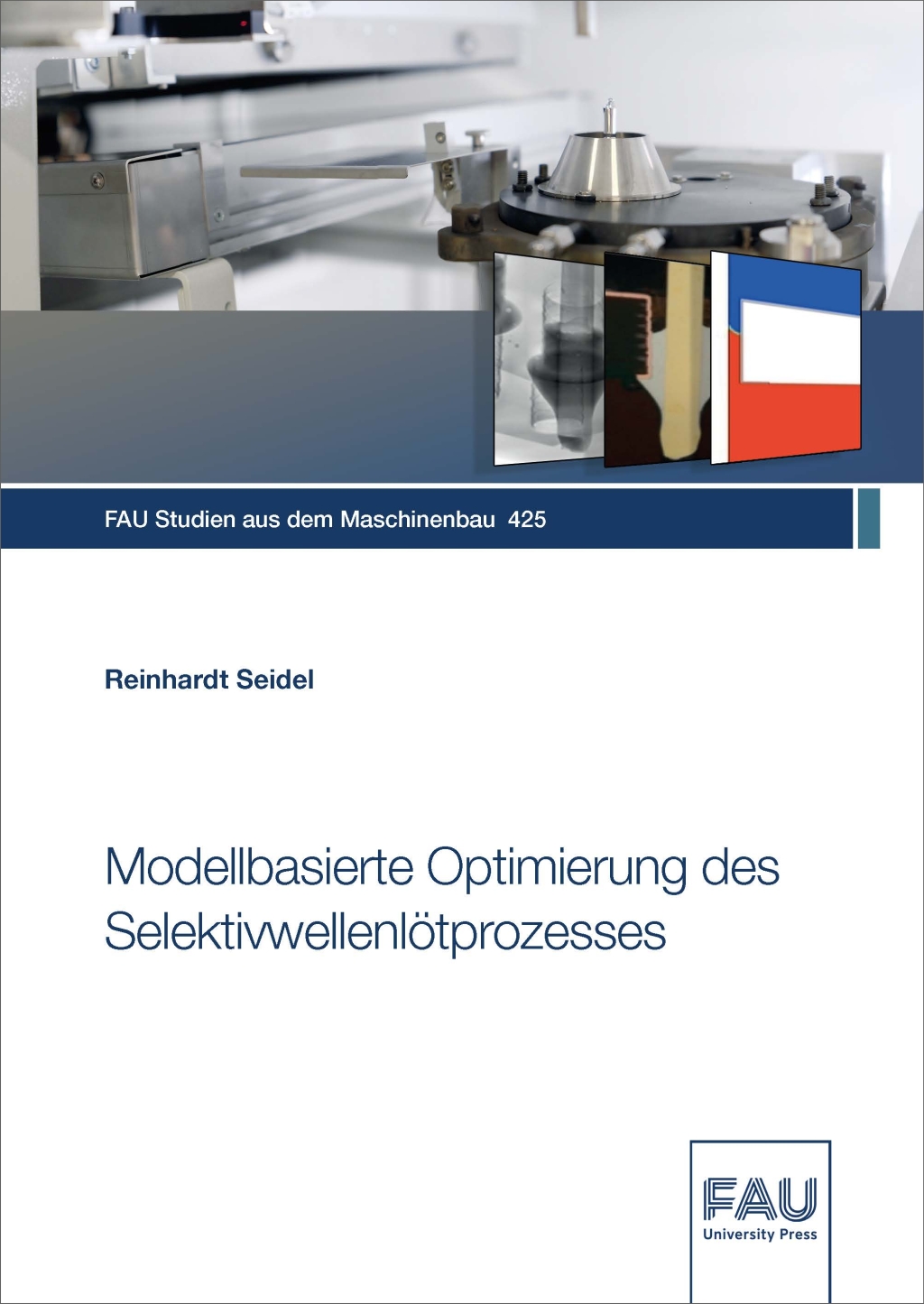Description
Through hole mounted components are important electronic devices to enable global technological trends especially in automation, e-mobility and digitalization. As the mixed SMT- and THT-component placement accounts for the major portion of power electronic modules, selective wave soldering of the THT-components is industry standard procedure. The process quality is measured by means of solder hole fill which is primarily affected by the solder joint design. The soldering process incorporates complex physical interrelations involving thermal and material flow with multivariant impact parameters between design and hole fill. Therefore, neither a design dependent hole fill prediction is available nor do the state-of-the-art design rules reliably guarantee manufacturability. Hence, to en-sure manufacturability a process model is required that accounts for all relevant process impact factors and can predict the selective wave soldering process result in terms of hole fill.
The objective of this work is to predict and optimize the hole fill as the criterion of manufacturability based on a data driven modeling approach. Therefore, the impact factors are investigated by means of design of experiments, multi-physics simulation and analytical calculation procedures. A machine learning model is used to model the soldering process by means of historical experimental data. To optimize all aspects of the soldering process and recommend suitable process parameters, the fluxing and soldering process is optimized using a grid search, heuristical traveling salesman algorithms and a Monte Carlo simulation.


Reviews
There are no reviews yet.